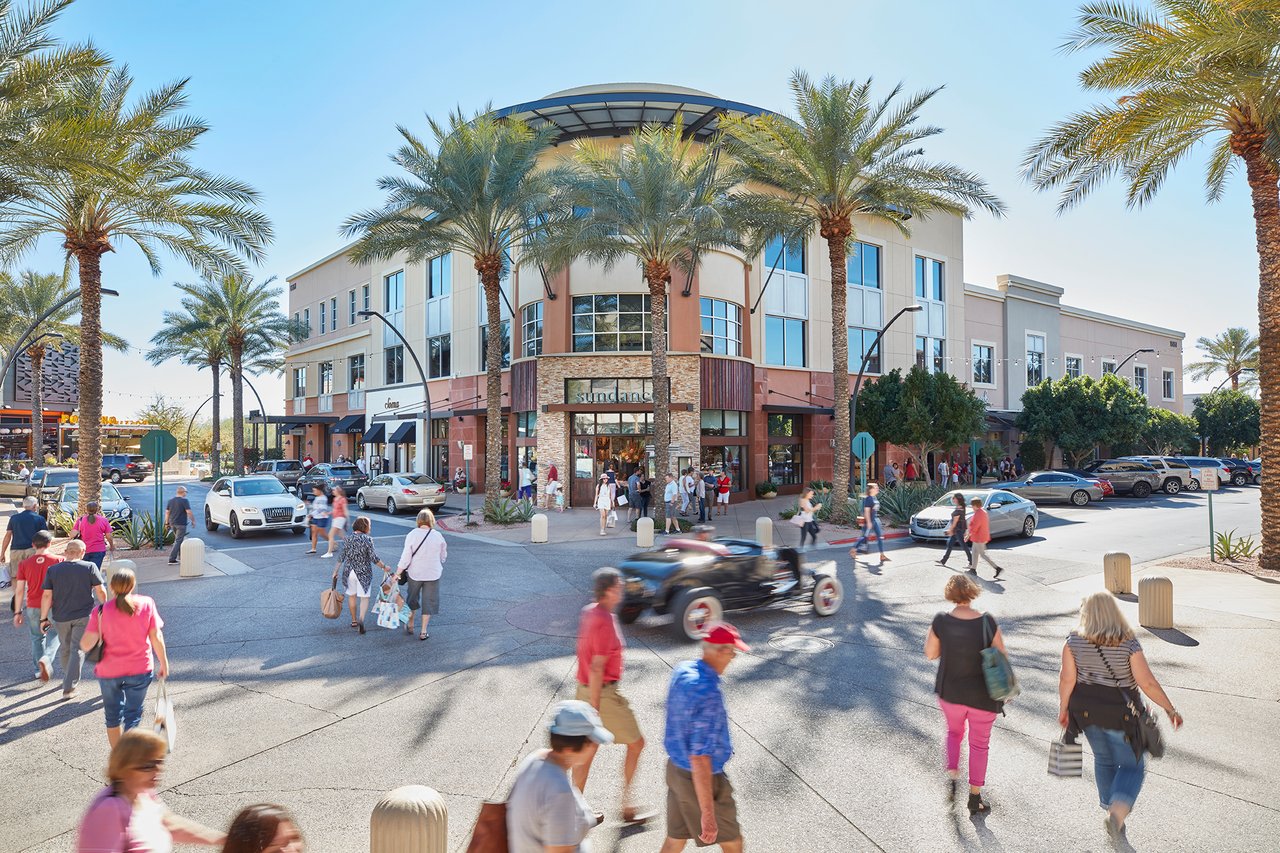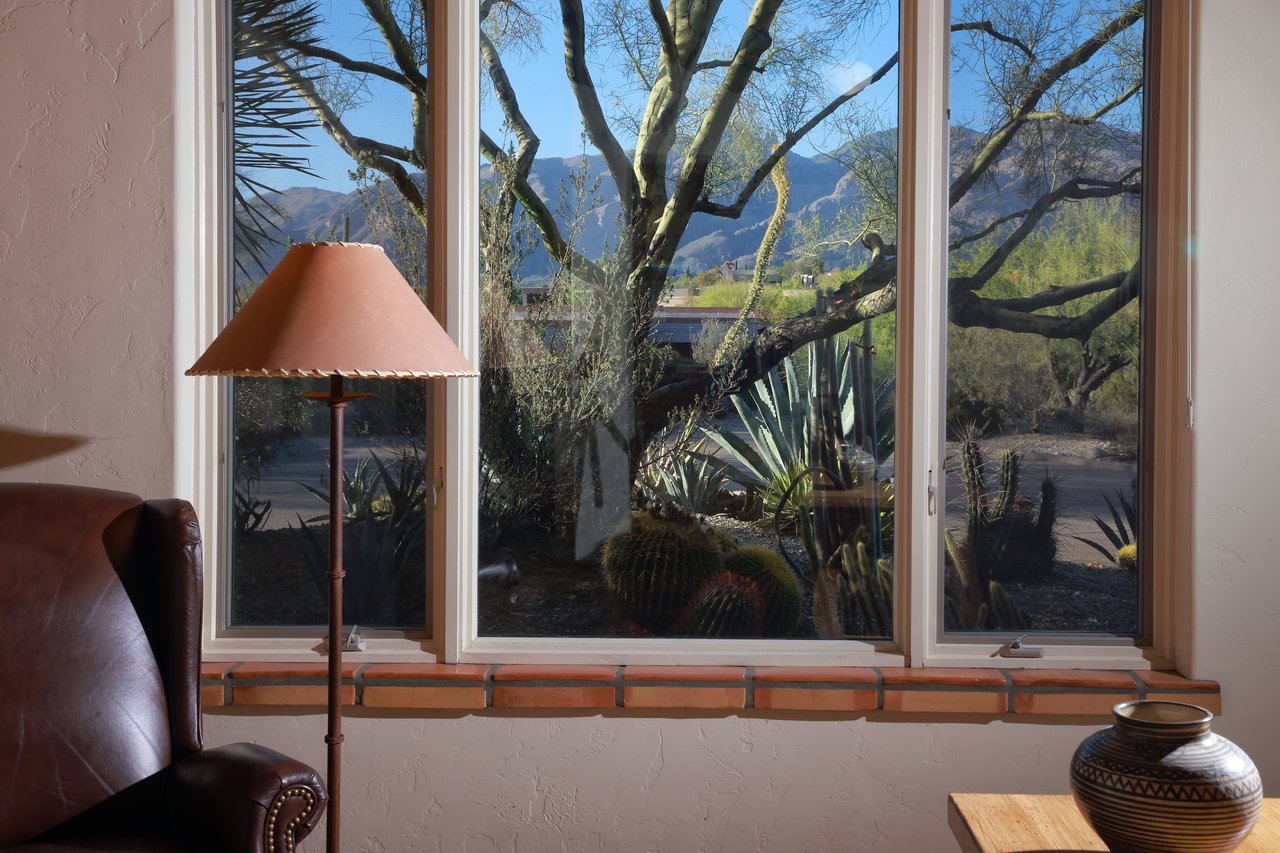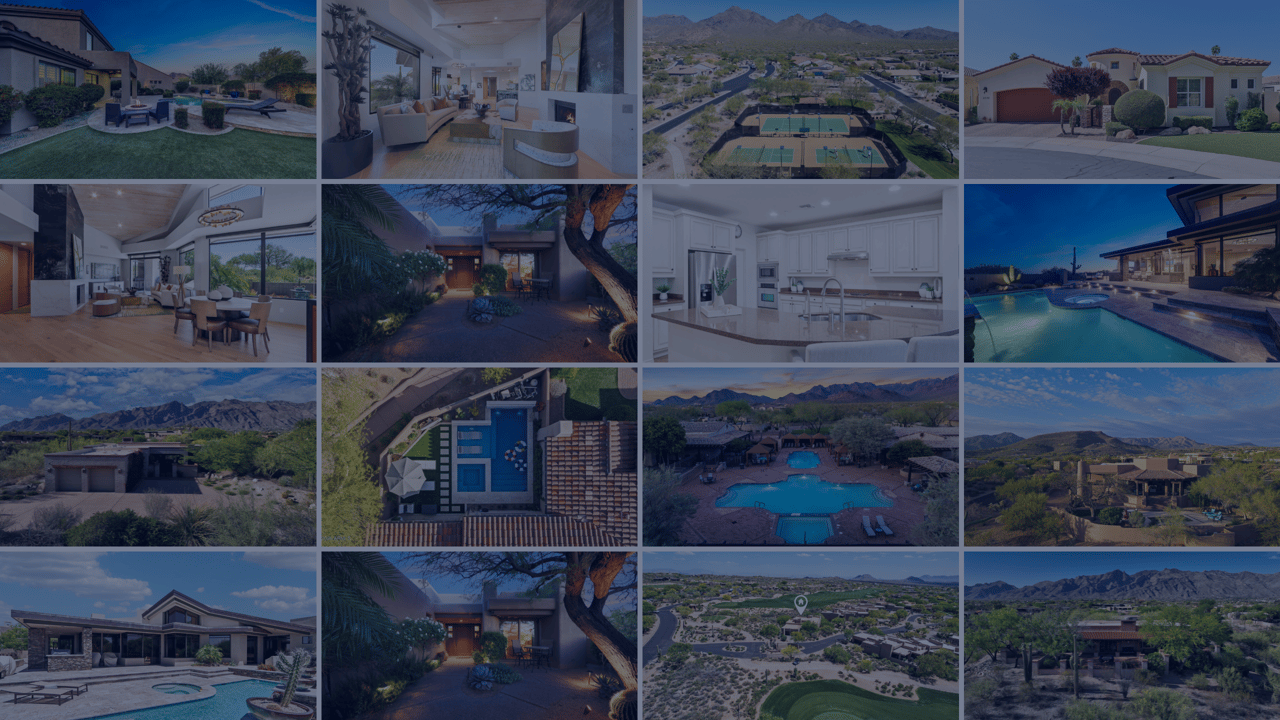We’ve all seen Hollywood mansions featured throughout the news and all over social media pages. You don’t have to go very far to see impressive mansions located right here in Scottsdale. But you may have wondered what makes a house a mansion anyway. After all, mansion house plans seem to differ greatly in size and price depending on location. Turns out that the answer to this question is a little complex.
What Is a Mansion
Depending on who you speak to, you may get a different answer but most realtors agree that a mansion begins at 8,000 square feet by today’s standards. You’ll find a mansion definition on reference.com that indicates 5,000 square feet of living space but not much more. The definition provided by the Webster dictionary is even more vague stating, “a large and impressive house”. For more clarity, there are several qualifiers for what makes a house a mansion that include a plethora of luxury amenities:
-
Size – As noted before, generally 8,000 square feet or more is the norm for modern-day mansions. Multiple bedrooms, bathrooms, and kitchens contribute to the imposing and larger-than-life feel of the home. Cascading staircases and detached guest quarters add to the elegance and aloofness that create the air of intrigue and rarity of mansions.
-
Lush landscaping – Mansions typically are characterized by lush and precise landscaping featuring flowing fountains, chiseled hedges, sports facilities, grand garages, and outdoor fireplaces. Depending on the size of the lot and location, many mansions have hiking trails.
-
Expensive and rare materials – No mansion is complete without Italian marble foyers, limestone countertops, gold bathroom fixtures, sliding glass partitions, and stainless steel backsplashes. These high-quality materials are just as important to build the mansion. Most homes are built using wood framing. Mansions will commission only the best woods like Cedar and Redwood that are insect and rot-resistant. For better manageability, many mansions are outfitted with smart home features that improve security, energy savings, and comfort. Individually, these materials may not seem very expensive but when combined for a large building project, prices easily skyrocket into the millions.
-
Entertainment space – Olympic-sized swimming pools and professional-sized basketball courts are just a few of the entertainment spaces you’ll find in a mansion. Many mansions have custom-built movie theaters complete with heated reclining chairs, customized sound systems, and popcorn makers. Custom made wine cellars and bars are typical focal points of entertainment in most mansions.
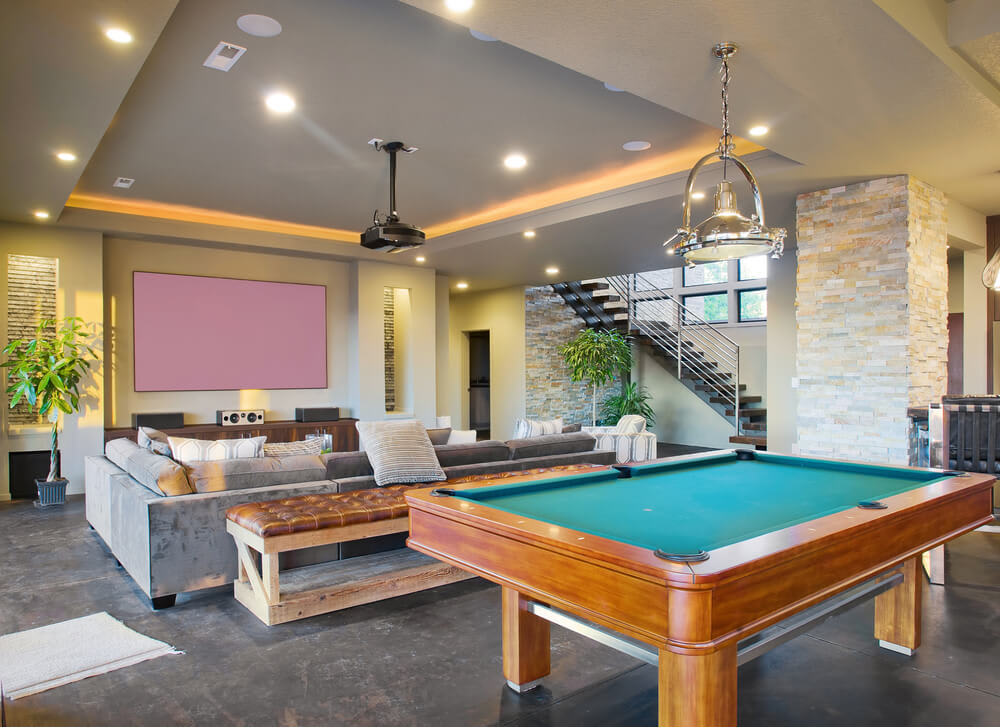
- Architecture – A custom made mansion house plans will often reflect the owner’s taste in architecture and art in general. Depending on the age and history of the mansion, the architectural style may reflect the current cultural influences in which it was built or a style from another time period. A few beautiful architectural styles include:
- Victorian – mid to late 19th century under Queen Victoria
- Contemporary – 21st-century combination of postmodernism and high tech
- Greek Revival – 18 to early 19th-century influenced by ancient Greek architecture
- Gothic Revival – 17th to early 19th-century revival of medieval Gothic architecture
- Spanish Colonial – reflective of Spanish colonial influence
- Art Deco – 20th-century style characterized by sleek and elegant architecture
- Italianate – 19th century influenced by Italian Renaissance architecture
What is the average cost of a mansion? This also depends on who you speak to but in general, you can expect to pay an average of 1 million dollars. This may look different depending on where you live and the cost of living relative to your location. At this price tag, a true and authentic mansion will have a library, home offices, housekeeping/nanny quarters, and a ballroom space for entertaining.
A Fascinating History of Mansions
Our fascination with large and extravagant dwelling places began with the Ancient Romans. Those parts of the aristocracy owned luxurious and palatial homes that were called villas, which later inspired modern-day mansions you see today. The term “palatial” came from the name Palatine Hill, which was the most desirable neighborhood in Ancient Rome. It was home to the most powerful and wealthy aristocratic families and is the most famous of Rome’s seven hills.
After the fall of Rome, the practice of building unfortified villas ended, and fortified grand homes became the norm. As cultures changed around the world, the need for fortified dwellings became obsolete and these extensive homes became dwellings of comfort. Fortified homes were especially common in European aristocracy in the 15th century but eventually became non-existent as advancements in weaponry eliminated the need for them. Aristocracy would own several mansions due to intermarriage and inheritance customs.
When the Renaissance style of architecture swept Europe in the 16th century, castles became less desirable since aristocrats wanted to live separately from their servants. Enlightened living became the expectation and the new architecture reflected these sentiments. The utilization of these homes parallel Roman Villas where aristocracy remained in close contact as molders of society. It was easier to meet in informal settings and entertainment among the elite was conducted with ease. It was not uncommon for these mansions to have a staff of 20 for both inside and outside the home.
The word “mansion” has different meanings throughout the world. For example, a mansion block in British English refers to a group or block of flats or apartments. In Japan, the term “manshon” refers to a block of multi-unit apartments or condominiums. Nowadays, few residences truly qualify as mansions in America. These famous mansions are a good measuring stick for what qualifies as a mansion:
- The White House – 55,000 square feet
- Rockefeller Mansion – 36,000 square feet
- Graceland – 17,000 square feet
- Hearst Castle – 68,000 square feet
- Playboy Mansion – 21,000 square feet
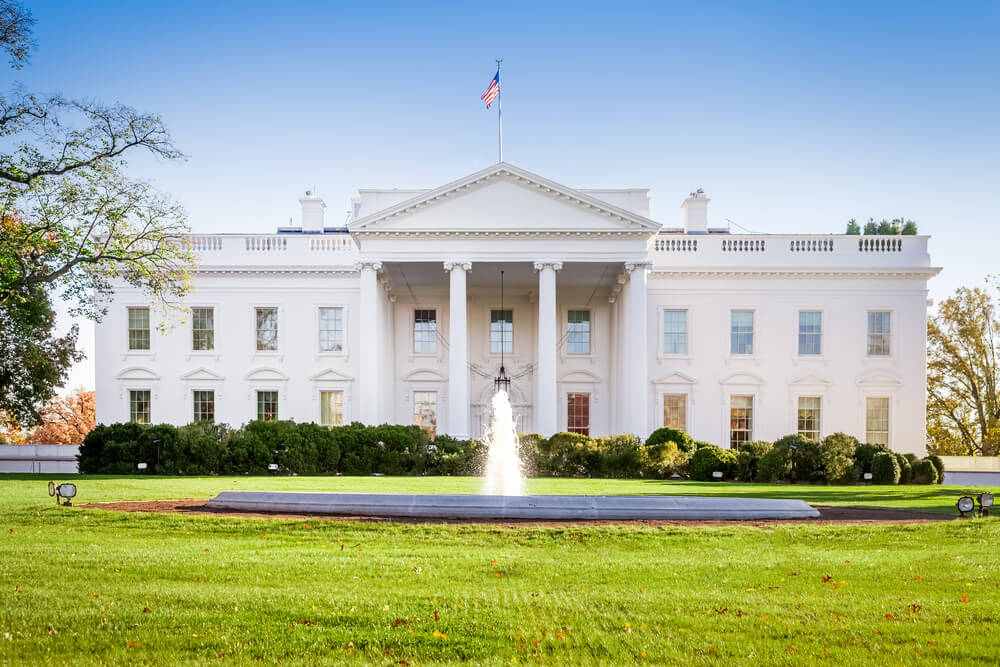
Are You In the Market for a Mansion?
If you’re in the market for a
mansion, there are a few things you should consider. While the process of buying a home remains the same, there are a few other tips you should take note of, including:
- Know the buying process
- Know the neighborhood
- Know your home priorities
- Know your financing options
- Hire a top Realtor
- Be patient
- Know resale value
- Don’t overextend
A mansion is a huge investment and requires additional attention to detail and market knowledge. You’ll want to partner with a real estate agent with extensive experience in selling and purchasing high priced real estate. Not only will an experienced real estate agent have knowledge of current market conditions and prices, but they will also have valuable information on the neighborhood, schools, and history of the area that may impact your final purchase decision. They will make sure you stay within your budget and price range while encouraging patience during the buying process. Resale value is especially important when considering purchasing a mansion since you’ll want to be able to easily and quickly recover your purchase price should you have to move. The pool of buyers for mansions is much smaller than lower-priced homes so overextending your budget and being impatient is unnecessary.
Jeff Barchi is an award-winning Realtor and among the top 1% in the country with extensive experience in Scottsdale real estate. Our trustworthy team is committed to providing the right guidance throughout the home buying process while helping you stay on track.
If you’re in the market for a mansion, Jeff Barchi is the real estate agent to call.




